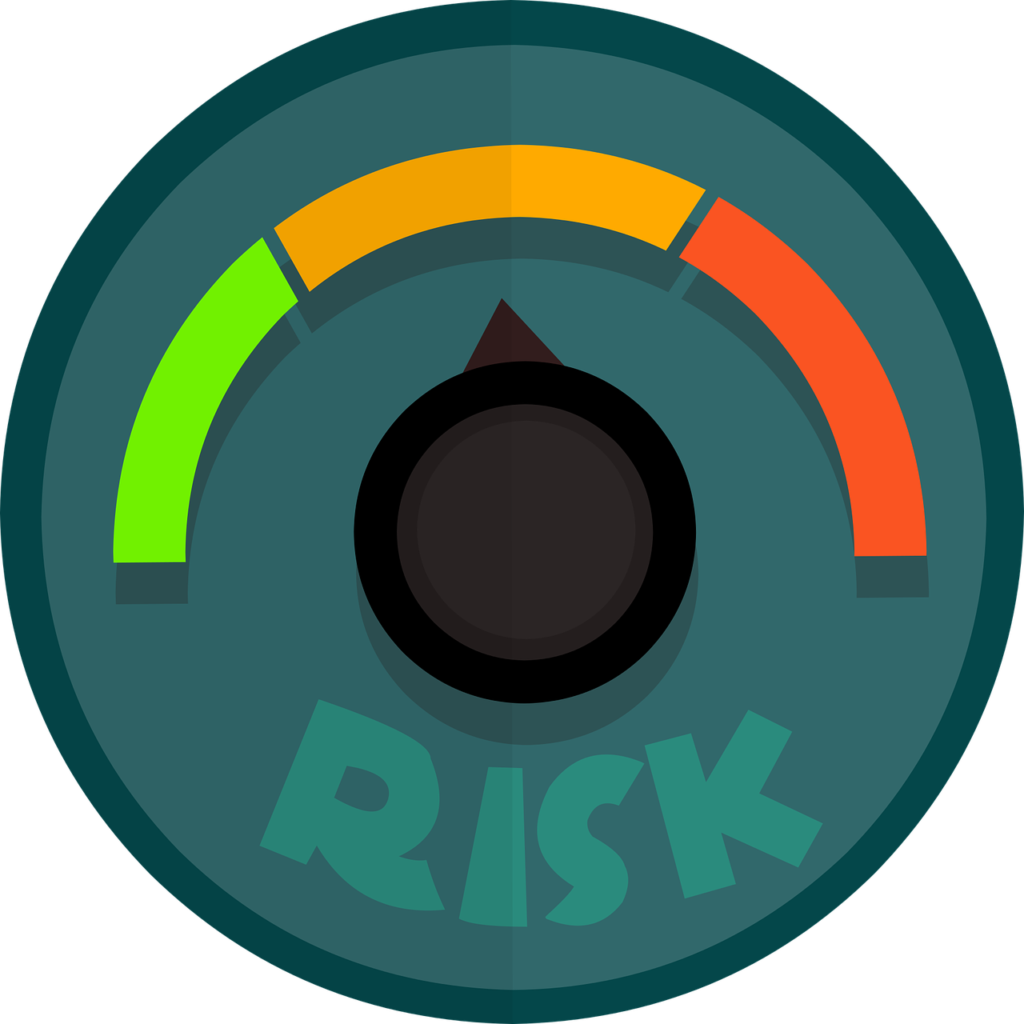In today’s fast-paced and unpredictable financial landscape, it is crucial for investors to understand and implement effective risk management strategies to safeguard their investments. Volatile markets can present significant challenges, but with the right approach, investors can mitigate potential losses and maximize returns. This article aims to provide valuable insights and actionable advice on risk management strategies for volatile markets, equipping you with the tools to protect your investments and achieve long-term financial success.

Risk Management Strategies for Volatile Markets
Understanding Volatility and Its Implications
Before diving into specific risk management strategies, it’s essential to grasp the concept of market volatility and its potential impact on investments. Volatility is the measure of how much the market’s prices fluctuate. In volatile markets, asset prices can experience significant ups and downs within short periods. Such volatility can create uncertainties, making it challenging for investors to make informed decisions. Understanding volatility is the first step toward effective risk management.
Diversification: Spreading Your Risk
Diversification is a key risk management strategy that involves spreading your investment across various asset classes, sectors, and geographical regions. By diversifying your portfolio, you reduce the potential impact of market volatility on your investments. Different asset classes, such as stocks, bonds, real estate, and commodities, often react differently to market conditions. By allocating your investments across a range of assets, you can minimize the risk associated with any single investment.
Asset Allocation: Balancing Risk and Reward
Asset allocation is another vital strategy for managing risk in volatile markets. It involves determining the ideal mix of assets in your portfolio based on your risk tolerance, investment goals, and time horizon. Allocating assets across different categories, such as stocks, bonds, and cash equivalents, allows you to balance risk and potential returns. In volatile markets, adjusting your asset allocation can help protect your investments by reducing exposure to highly volatile assets while increasing allocations to more stable investments.
Stop-Loss Orders: Setting Boundaries
Stop-loss orders are an effective risk management tool that allows investors to set predetermined sell orders for their investments. By setting a stop-loss order, you establish a threshold at which you are willing to sell an investment if its price falls below a specified level. This strategy helps limit potential losses by automatically triggering a sell order when the price reaches the predetermined threshold. Stop-loss orders provide a disciplined approach to risk management and protect investors from substantial downturns in volatile markets.
Hedging: Reducing Risk Exposure
Hedging is a risk management technique that involves taking offsetting positions to reduce the impact of adverse price movements. In volatile markets, investors can use various hedging strategies, such as purchasing put options or entering into futures contracts, to protect their investments from downward price swings. While hedging strategies incur costs, they provide a level of insurance against market volatility and can help preserve the value of your portfolio during uncertain times.
Dollar-Cost Averaging: Smoothing Out Volatility
Regardless of the state of the market, the dollar-cost averaging technique entails investing a set sum of money on a regular basis. This approach helps smooth out the impact of market volatility by purchasing more shares when prices are low and fewer shares when prices are high. Over time, dollar-cost averaging can potentially lower the average cost per share and reduce the impact of short-term price fluctuations. This strategy is particularly useful for long-term investors looking to build wealth steadily.

Setting Realistic Expectations: Avoiding Emotional Decisions
Emotions can often drive investors to make irrational decisions in volatile markets. Fear and greed can lead to impulsive buying or selling, which can have detrimental effects on investment performance. To effectively manage risk in volatile markets, it’s crucial to set realistic expectations and avoid making emotional decisions. Adopting a disciplined and long-term approach based on sound research and analysis can help you stay focused on your investment objectives, reducing the likelihood of succumbing to emotional biases.
Continuous Monitoring: Staying Informed
Risk management is an ongoing process that requires continuous monitoring of market conditions and investment performance. Staying informed about market trends, economic indicators, and company-specific news is vital for making well-informed decisions. Regularly reviewing your portfolio and assessing the performance of individual investments enables you to identify potential risks and take timely action. By staying actively involved in managing your investments, you can adapt your risk management strategies to changing market conditions.
FAQs (Frequently Asked Questions)
Q: What are the key risks associated with volatile markets?
A: Volatile markets come with several risks, including increased price fluctuations, heightened uncertainty, liquidity challenges, and higher potential for losses. It’s important to recognize these risks and implement appropriate risk management strategies to protect your investments.
Q: How can diversification help mitigate risks in volatile markets?
A: Diversification involves spreading investments across different asset classes and sectors. By diversifying your portfolio, you can reduce the impact of adverse price movements on any single investment. This strategy helps mitigate risks associated with volatile markets by balancing the performance of different assets.
Q: Are there any strategies to protect against market downturns?
A: Yes, stop-loss orders and hedging are effective strategies to protect against market downturns. Stop-loss orders allow you to set predetermined sell orders, while hedging involves taking offsetting positions to reduce the impact of adverse price movements.
Q: What is the significance of asset allocation in managing risk?
A: Asset allocation involves determining the ideal mix of assets in your portfolio. By allocating investments across different categories, you can balance risk and potential returns. Adjusting your asset allocation can help protect your investments by reducing exposure to highly volatile assets.
Q: How does dollar-cost averaging work in volatile markets?
A: Dollar-cost averaging involves investing a fixed amount of money at regular intervals. In volatile markets, this strategy helps smooth out the impact of price fluctuations by purchasing more shares when prices are low and fewer shares when prices are high. Over time, it can potentially lower the average cost per share.
Q: How can I avoid making emotional investment decisions in volatile markets?
A: To avoid making emotional decisions, it’s essential to set realistic expectations and adopt a disciplined approach based on sound research and analysis. By staying focused on your long-term investment objectives and avoiding impulsive actions, you can mitigate the impact of emotions on your investment performance.
Conclusion
Navigating volatile markets requires a proactive and disciplined approach to risk management. By understanding the nature of volatility, diversifying your portfolio, setting boundaries with stop-loss orders, hedging against adverse price movements, adopting dollar-cost averaging, and staying informed, you can protect your investments and increase your chances of long-term financial success. Remember to stay focused, manage your emotions, and regularly review and adjust your risk management strategies to adapt to changing market conditions. With the right risk management strategies in place, you can navigate through volatile markets with confidence.








